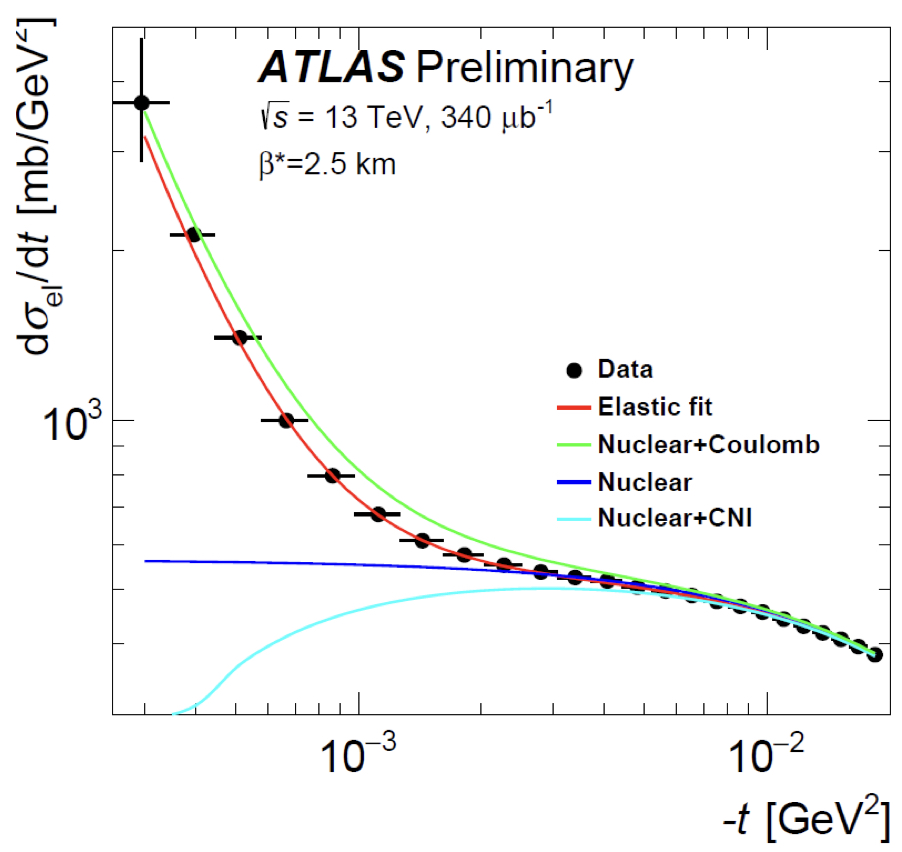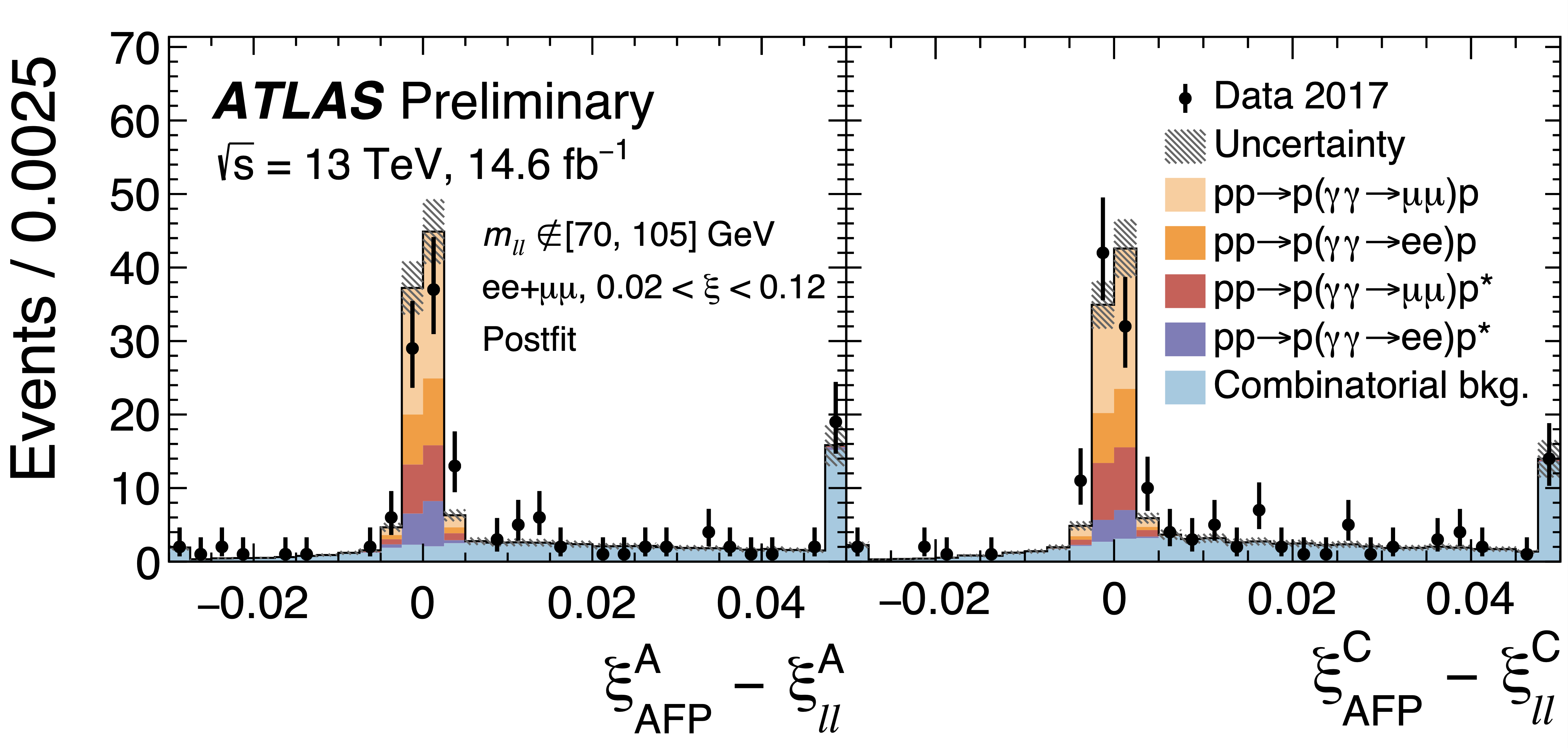One week to do it all – Day 3: Preparing for Stable Beam
18 February 2016 | By
Tuesday at 23:55 I called the ATLAS shift leader and told them to stop the elastic physics run and ramp down the inner detector as the elastic program was over. But that’s when the problems started. For some reason, the inner detector could not ramp down and ATLAS requested – for the safety of the inner detector – that the LHC team touch nothing until the problem was solved. While this actually gave us more time taking data for elastic physics, LHC operators and representatives from the other experiments in the CERN Control Centre were really not too happy about the situation.
At 00:40 the call finally came in: ATLAS was ready and LHC could move on with the program.
The next step was to run the “loss maps”. This is one of the steps the LHC needs before using a large number of bunches and declaring “Stable Beams”. The idea is to use a low intensity beam – exactly as we had for the elastic physic program – and then simulate different scenarios under which the beam could get lost.

The idea of the “loss maps” is to see where those particles are lost. Some positions are safe, like the primary collimators that are made to handle losses, but some may become unsafe places like the ALFA detector which could get damaged and/or damage nearby equipment in cases of large beam losses. Therefore experts purposefully create losses with a low intensity beam and observe where the losses go. To measure these losses, they use beam loss monitors, like the ones used for the ALFA alignment. The goal is to measure the fraction of losses that go to safe positions relative to unsafe positions, and scale the result to the full beam intensity to see if it is safe or not to run with the ALFA detectors very close to the beam.
Before they started we had to move the ALFA detectors to the position foreseen for “Stable Beam”. Originally the LHC safety board (Machine Protection Panel, MPP) and the collimation group had requested the ALFA detectors at about 7.8 mm from the beam. But the ALFA detectors were originally designed to be closer and, at 7.8 mm, the alignment system would be at the edge of its sensitivity and might not be able to get a good alignment. Also, every small step inwards means many more physics events and more sensitivity to small-angle scattered protons. In the end, a compromise was reached: for the loss maps, ALFA could move to about 6.5 mm from the beam. If losses were observed for the loss maps, the ALFA detectors would need to be retracted further and the loss maps re-done.
I was therefore anxious to see the results when the ALFA detectors were put into position and the first loss maps made. Would the beam hit us hard? Would we need to re-do the loss maps and maybe even refill for it… which would take at least 3 hours of beam time?
Luckily my fear was in vain: all loss maps were performed without any significant losses in the ALFA detectors and ALFA was approved to have the detectors at 6.5 mm from the beam for Stable Beam operation. This was a big victory and extremely good for the alignment and physics program to follow.
All of the loss map runs that needed the ALFA detectors were performed during the end of the elastic physics fill, which was new since normally 2-3 fills were needed to do everything. The fill ended at about 03:00 Wednesday morning. Finally – time for some more sleep!
As most of Wednesday’s daytime was used for an emergency access to the ATLAS cavern and Wednesday evening was used for additional loss maps without the ALFA detectors, I actually managed to sleep and recover for the next part.
To be continued…




